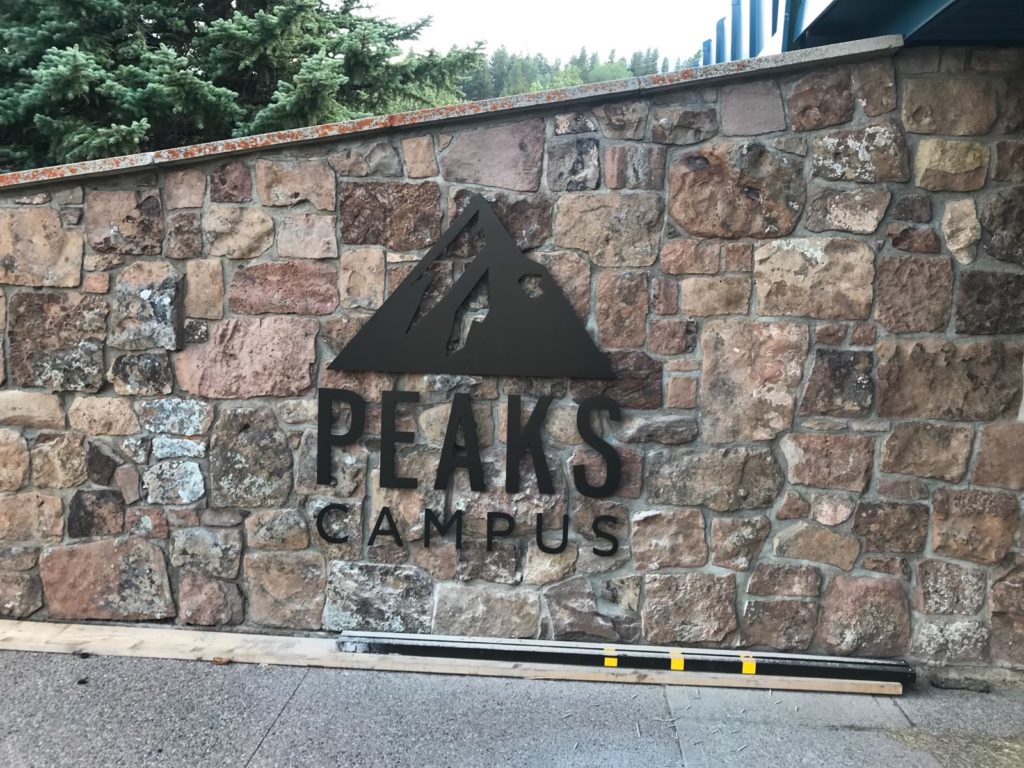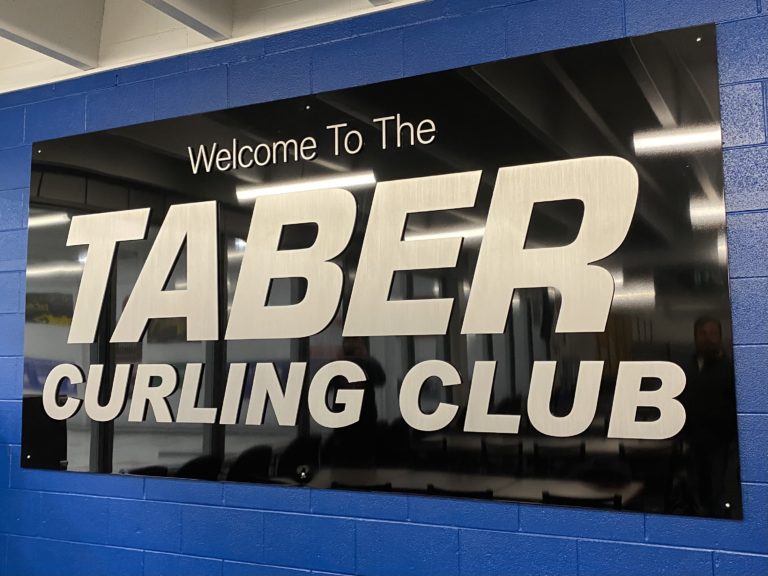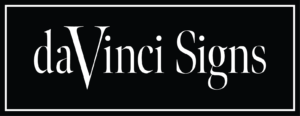Signs & Your Business
Signs are one of the most efficient and effective means of communication. Signs help people find you, they reach people who are passing by, they present an image of your business. In short, signs tell people who you are and what you are selling.
Signs are such a powerful communication medium that it is hard to estimate how much they influence people. Other media need to grab the attention of the person receiving the message. Signs, however, can convey a message while creating a mood. It isn’t necessary for people to give full attention to your sign in order to get the message.

What is a sign?
A sign is the most direct form of visual communication available. In fact, so many people use signs without a second thought that it is easy to overlook their importance. When we can’t talk to people directly in a given location, we tack up signs: wet paint, beware of dog, entrance, garage sale, etc. Signs are the only form of mass communication directly available to everyone.
What can signs do for your business?
Signs perform three major communication functions for your business: they give information and direction, provide a format for street advertising, and build your image.

Signs give information about your business and direct people to your business location
Signs can compensate for poor location. If your business is located on a site which is not visible or in a building which does not correspond with the goods or services offered, your sign can overcome this disability. For example, most buildings are not built to conform to the design needs of any particular type of tenant. Without an effective sign, it is often impossible to determine what type of business is being conducted in a given building. In addition, when your site is located off a busy traffic artery or in an area which is not easily accessible, your sign can communicate to people who are passing on a busy street several blocks away. If you are located off a busy freeway but far from an exit, your sign becomes your main device for directing people to your business. High-rise signs are used when a business is located away from the routes potential customers normally use. Signs are street advertising
The Advantages of Signs
On-premise signs are your most effective and efficient means of commercial communication because they are inexpensive, available, practical, easy to use, always on the job, and directly oriented to the trade area of your business.
- Who are your customers?
Potential customers for your business are people who live in your trade area. Most of your customers come from the immediate area, within a half mile to a mile of your business location. Trade areas come in many shapes and sizes, depending upon the business. Trade areas may also vary according to the season.
- How do you get information on potential customers?
Create a dot map of your customers as soon as you open your business. You can easily do this by using a street map of your city and showing the addresses of people who stop in your store (and especially of those who buy) by putting a dot on the map of your city. Within a few months time, you will have a pretty good idea of the area from which you are getting your customers. Then, you will be able to decide what type of sign would work best for the people in that area. For example, if your customers can only reach you by car or you are located on a very busy street, the type of sign that you use will be very different than if you are located in a shopping centre and people must walk to your store from parking lots.
- How are you going to communicate with customers?
In order to communicate effectively, a sign must be noticeable and readable.
A sign must be noticeable. After a while, a sign becomes part of the landscape. It loses some of its ability to attract attention. If you periodically change some small design element or use changeable copy, your sign can continue to attract interest. A sign must be readable. A sign needs to be large enough to read. You need to know how far a person is from your store when he first sees your sign and the real speed of traffic on your street. With this information, a competent sign company can use a formula to calculate the necessary size for your design and build you an effective sign.
- What are you trying to say?
Decide on a message that is clear and simple.
Focus on key words. Choose one or two words which describe your business. Clever or strange names may only attract certain customers. Be brief. The cleaner and clearer the message, the more impact it has. Lists or unclear names or symbols confuse rather than communicate.
- What image are you trying to create?
The design of your sign is very important. Your sign tells people a lot about your business.
Stark simple design and materials may suggest discount prices. Elegant and expensive sign materials may suggest luxury goods and services. Two basic design considerations are important when ordering a sign:
Physical elements of sign design. These include size, placement, materials and structure. The size of the sign is important to your business. The biggest sign that you can afford may not necessarily be the best one for your needs. A sign should go with its surroundings. A sign which is either too big or too small will not communicate your message effectively. The number of signs in the surrounding area is also important.
Graphic elements of sign design. Graphic elements of design include layout of the message, colours, lettering, shape, symbolism, harmony, and daytime versus night-time lighting conditions.
- How much should your sign cost?
You should consider several factors when deciding on the cost of your on-premise sign.
A sign is an investment. Your sign is one of the most permanent parts of your business and is exposed to weather and constant use. The average life of signs varies from five to eleven years, depending on type of materials used, construction and other factors. Find out how many years of service to expect from your sign. It pays to purchase good materials if you intend to use the sign over a period of years.
Maintenance costs – No business can afford to have a sign that is falling apart. A dilapidated sign tells the public that you don’t care about your business image or their visual environment. Some types of signs are practically maintenance free while others need more attention.
Energy consumption – New technology now makes it possible for some types of signs to save you energy without sacrificing effects. Ask about new energy saving bulbs and internal materials.
Custom or standardized – Some large companies offer standardized types of signs which are cheaper than signs which are custom designed and constructed. Many of these standardized units use ingenious design techniques to show creativity and individuality. The standardized units can often be arranged in different positions, depending on your needs. Some standard sign units use the highest quality materials and are designed to be relatively maintenance free. Mass production makes it possible for these units to be sold much cheaper than if they were designed and produced from scratch.
Bylaws and permits – Consider city or town planning goals and regulations when you order a sign. Some types of signs are not allowed in some communities. Find out what the regulations are in your community before you discuss design with a sign designer. Most sign companies are well aware of the regulations in any given community and can guide you in selecting a sign that conforms to the law.
This page was adapted from a Government of Canada document with the following sources:
Source: U.S. Small Business Administration
Originally prepared by the Government of Saskatchewan

